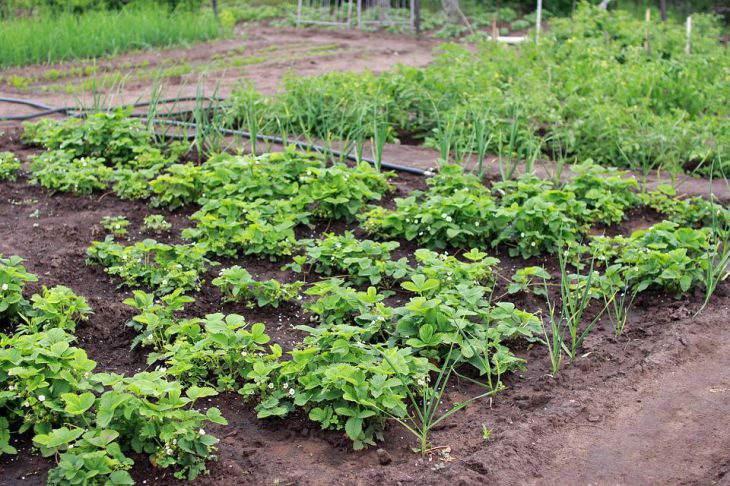3 pairs of vegetables that cannot be planted on the same seed bed: even experienced summer residents make these mistakes
Even novice summer residents know that garden crops need to be properly placed on the beds.
It is important to consider which "neighbors" are located next to a particular plant.
Sometimes cultures have a positive impact on each other. However, sometimes the situation, unfortunately, turns out to be the opposite.
Often the «neighborhood» ends badly for both plants. It is worth noting that there are many garden couples, about the undesiraility of which even experienced summer residents are not aware.
Cucumbers and tomatoes
These two vegetables often end up in the same garden. That's just not to allow this in any case.

The recommendation is explained simply: plants need different types of soil cover.
Cucumbers grow well on nutritious and well-moistened soil. But tomatoes do not need very fertile and wet soil.
It is for this reason that the "neighborhood" of cucumbers and tomatoes cannot end with high yields of both crops at the same time.
Cabbage and strawberries
Many gardeners do not take into account the size of the leaves of a representative of the Cruciferous family.
Due to the cabbage located nearby, strawberries are highly likely to be in the shade, as a result of which the yield of the berry may fall to zero.
Corn and onions
The first plant has fairly large roots. As a result, the absorption of substances from the soil cover is carried out quite quickly.
In such conditions, crops that do not differ in powerful roots will not be able to develop on the same bed.
An example is the onion. There is practically no chance that he will «survive» next to corn.
